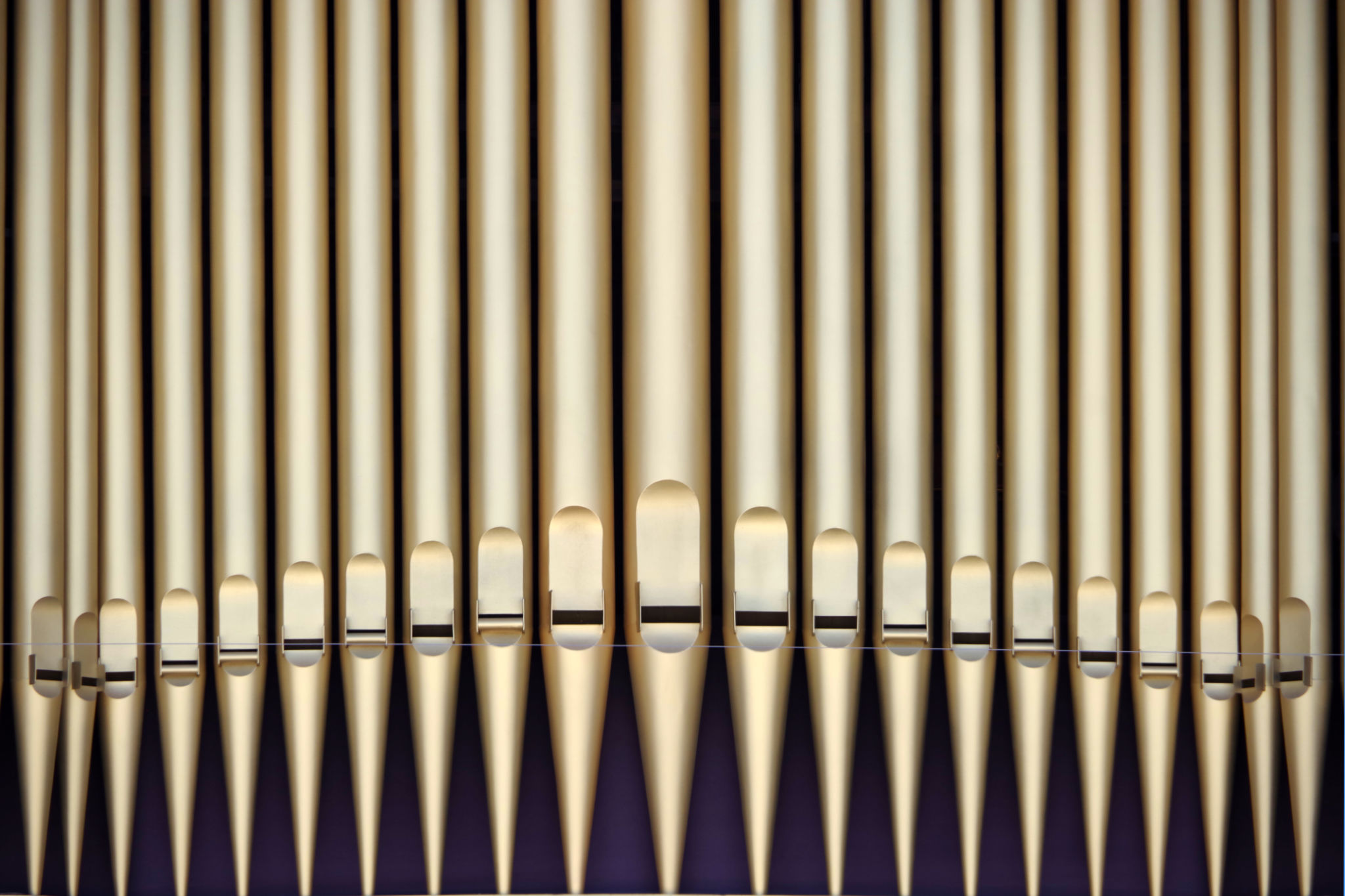A Beginner's Guide to Appreciating Pipe Organ Music
The Enchanting World of Pipe Organ Music
Pipe organ music is a magnificent soundscape that has captivated audiences for centuries. Whether you are a classical music aficionado or new to the genre, the grandiose and powerful tones of the pipe organ offer a unique auditory experience. This beginner's guide aims to introduce you to the beauty and complexity of pipe organ music, helping you appreciate its historical significance and musical intricacy.

The History and Evolution of Pipe Organs
The pipe organ has a rich history that dates back to ancient Greece with the invention of the hydraulis. Over the centuries, it evolved into the grand instrument we know today, prominently featured in cathedrals and concert halls. The pipe organ's development mirrored advancements in technology and art, highlighting its significance in cultural and religious contexts.
During the Baroque period, composers like Johann Sebastian Bach elevated the pipe organ's status by composing intricate pieces that showcased its capabilities. The instrument became a symbol of musical innovation and spiritual expression, embedding itself in the fabric of Western classical music.
Understanding the Structure of a Pipe Organ
A pipe organ is an incredibly complex instrument with multiple components working in harmony. It consists of pipes, keyboards (manuals), pedals, and a console. Each pipe produces a specific pitch, and the combination of different pipes allows for a vast range of sounds and dynamics.

The console is the control center for the organist, featuring various stops that alter the sound by engaging different sets of pipes. This versatility enables organists to produce everything from soft, ethereal tones to thunderous crescendos.
Famous Pipe Organ Compositions
Many classical composers have written pieces specifically for the pipe organ, each highlighting its unique characteristics. Some famous works include Bach's "Toccata and Fugue in D Minor," César Franck's "Grande Pièce Symphonique," and Charles-Marie Widor's "Toccata from Symphony No. 5." These compositions demonstrate the organ's ability to convey powerful emotions and complex musical ideas.
Listening to these masterpieces can provide insight into the organ's role in shaping musical history and inspire a deeper appreciation for its artistry.

Tips for Appreciating Pipe Organ Music
If you're new to pipe organ music, here are some tips to enhance your listening experience:
- Start with well-known pieces: Familiar compositions can provide a solid foundation for exploring more complex works.
- Attend live performances: Experiencing the music in person allows you to feel the full impact of the organ's sound.
- Explore different styles: From Baroque to contemporary, each era offers unique interpretations of organ music.
Exploring Pipe Organs Around the World
Pipe organs are found in various locations across the globe, each with its distinct character and history. Visiting renowned organs, such as those in Notre-Dame Cathedral in Paris or St. Paul's Cathedral in London, can deepen your appreciation for their architectural beauty and acoustic grandeur.
Many cities also host organ festivals where you can hear talented musicians perform on some of the world's most famous instruments, providing an excellent opportunity to immerse yourself in this fascinating world.
Conclusion: Embracing the Majesty of Pipe Organ Music
Appreciating pipe organ music is a journey into a world of intricate sounds and rich history. By understanding its evolution, structure, and repertoire, you can gain a deeper appreciation for this magnificent instrument. Whether through live performances or recorded masterpieces, let yourself be transported by the enchanting melodies and powerful harmonies that only a pipe organ can deliver.
